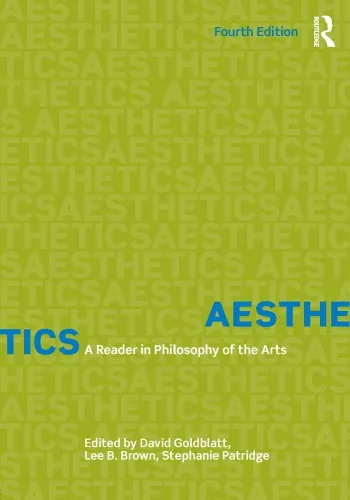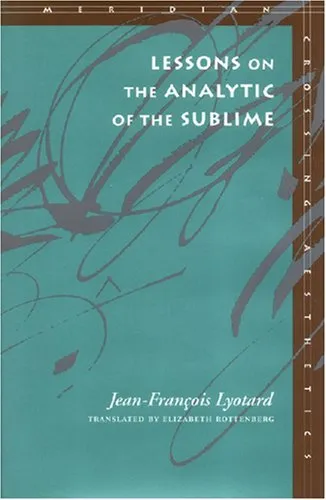Aesthetics: a Reader in Philosophy of the Arts (4)
4.0
Reviews from our users

You Can Ask your questions from this book's AI after Login
Each download or ask from book AI costs 2 points. To earn more free points, please visit the Points Guide Page and complete some valuable actions.Related Refrences:
Introduction to "Aesthetics: a Reader in Philosophy of the Arts (4)"
A profound exploration into the world of aesthetics and philosophical discourse on the arts, "Aesthetics: a Reader in Philosophy of the Arts (4)" offers readers a comprehensive guide to understanding how art influences and shapes our perception of the world. This book serves as an indispensable resource for both students and enthusiasts of philosophy, providing a detailed introduction to aesthetic theory and critical analyses of various forms of art.
Detailed Summary of the Book
The fourth edition of "Aesthetics: a Reader in Philosophy of the Arts" continues to build upon the solid foundation laid by its predecessors, expanding the dialogue around the interconnection between aesthetics and art. This edition offers new perspectives and updates the reader on current trends in aesthetic theory. It is structured to guide readers through classical philosophical texts as well as contemporary discussions that engage with the evolving landscape of art forms. From literature to painting, sculpture to digital arts, this reader captures a wide spectrum of topics, urging readers to ponder over what qualifies as art and why art matters.
The book is a curated collection of seminal writings by both historical philosophers and modern thinkers, providing diverse viewpoints on key concepts like beauty, taste, and the emotional responses elicited by artistic creations. Readers are introduced to debates about the role of intention, interpretation, and the socio-political contexts surrounding art. Through careful organization, the book allows readers to effortlessly navigate from fundamental questions about aesthetics to more intricate discussions about the moral and ethical implications of art.
Key Takeaways
- Understand the core principles of aesthetic theory and how they apply to various forms of art.
- Explore the historical and modern perspectives on what defines beauty and artistic value.
- Engage with philosophical debates on the relationship between artist, artwork, and audience.
- Gain insight into how art influences cultural and social dynamics.
- Learn how to critically assess different art forms through a philosophical lens.
Famous Quotes from the Book
"Art is not merely a reflection of society, but a vital component in shaping perceptions and values."
"To understand art, one must first embrace the ambiguity and open their mind to multiple interpretations."
Why This Book Matters
The significance of "Aesthetics: a Reader in Philosophy of the Arts (4)" lies in its ability to transcend traditional boundaries within aesthetic discourse. Art is a dynamic, ever-evolving entity, and this book captures the essence of its complexity by presenting readers with various philosophical lenses through which art can be comprehended. It fosters an environment where critical thinking and intellectual curiosity thrive, encouraging readers to challenge their preconceptions about art and aesthetics.
Moreover, this book is an essential addition to the library of anyone interested in the philosophical underpinnings of art. It not only serves as an educational tool but also as a source of inspiration for creatives, educators, and philosophers alike. By exploring a multitude of voices and ideas, the book enriches our understanding of both historical and contemporary art practices.
Free Direct Download
You Can Download this book after Login
Accessing books through legal platforms and public libraries not only supports the rights of authors and publishers but also contributes to the sustainability of reading culture. Before downloading, please take a moment to consider these options.
Find this book on other platforms:
WorldCat helps you find books in libraries worldwide.
See ratings, reviews, and discussions on Goodreads.
Find and buy rare or used books on AbeBooks.



